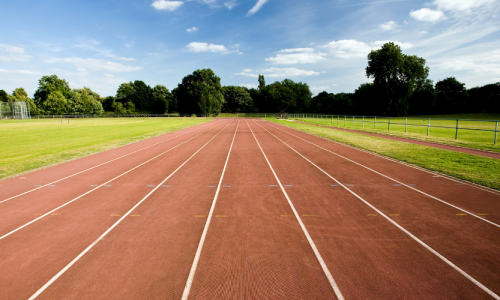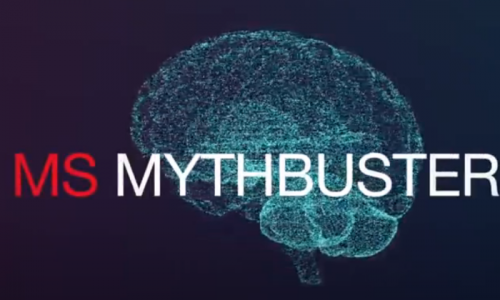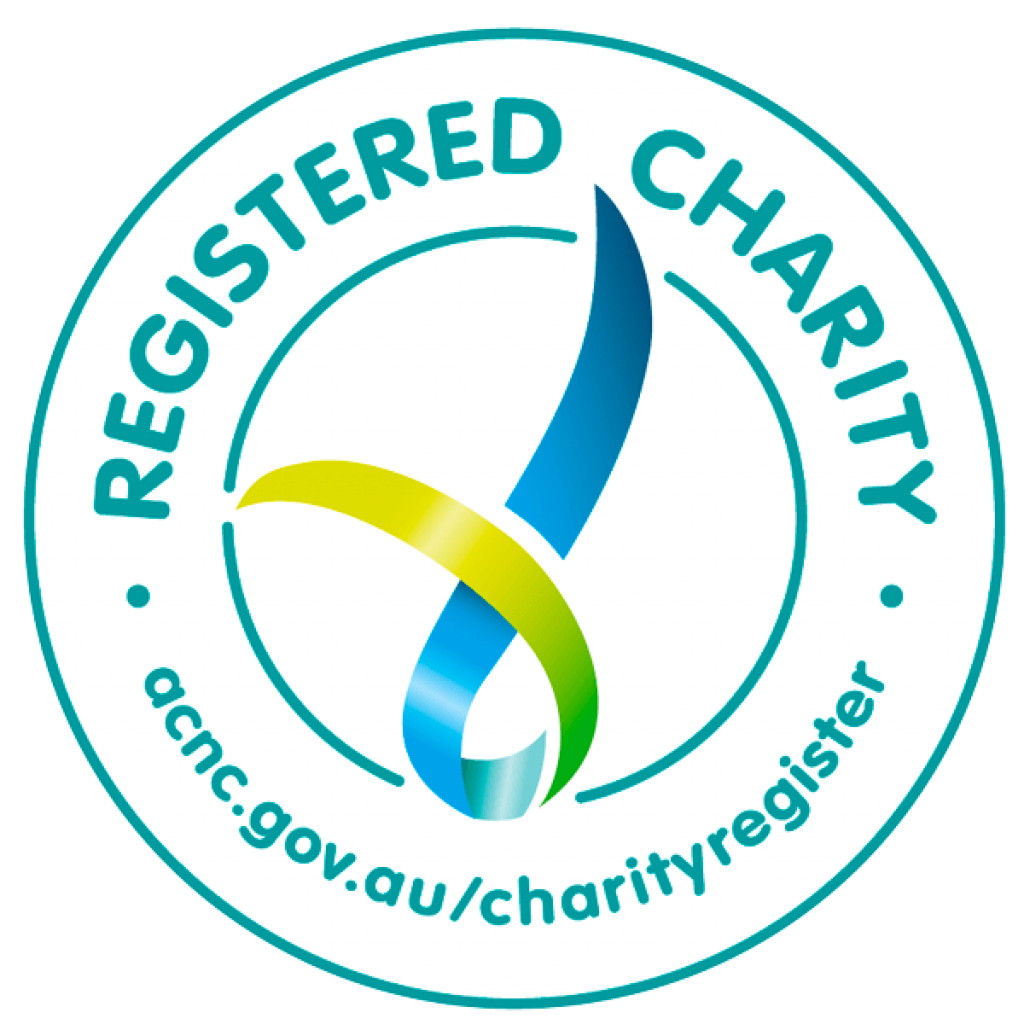By Adam Browne
Tips, exercises and stretches to help manage ‘restless’ leg syndrome
What is ‘Restless’ Leg Syndrome?
Restless leg syndrome (RLS) is a neurological condition characterised by a spontaneous, continuous urge to move the legs and is typically accompanied by uncomfortable sensations. The most common sensations have been described as cramping, soreness, creeping or crawling sensation in the lower legs/feet, which can vary in severity from mild discomfort to severe pain. These sensations occur at rest and typically during the evening or at night and are relieved by movement. Sleep disturbances due to frequent involuntary jerking type movements of the legs have been associated with RLS as is described at periodic leg movements of sleep (PLMS). Recently it has been described to be common among the MS population and thus leads us to our next topic…
Restless Leg Syndrome and MS
In recent research, there have been investigations into RLS and people with MS. The consensus of the results is that RLS is up to three times more common in people with MS compared to the general population. As previously mentioned, it has also been found that PLMS is common in those with RLS and this has been linked with sleep disturbances and poor quality of sleep. These disturbances due to RLS may be in the form of disrupted sleep and inability to get to sleep, contributing to poor sleep quality and fatigue. Fatigue, already a major symptom of MS, has been linked to poor sleep quality with RLS and PLMS identified as contributing factors to sleep quality. Therefore, it is important that RLS is identified and treated to assist with sleep quality and sleep-related fatigue.
How can Exercise Help Restless Legs?
Movement generally brings a temporary relief from the symptoms of RLS – this is why you may find walking during the night when you get symptoms feels good. Alternatively, performing a regular exercise program of moderate intensity may help reduce your symptoms and help you sleep better. There needs to be a balance, however, as there may be limitations for you participating in exercise due to MS symptoms. Also, excessive exercise has been reported by some people to aggravate RLS symptoms.
Recent studies have shown that an appropriate exercise program consisting of resistance-based exercises and aerobic-based exercise can assist in elevating or diminishing symptoms of RLS. There are many reports of what works best in regard to exercise and RLS and the timing of the exercise so it is best to try different methods to find what works for you. It would also be wise to seek advice on your exercise program from a professional such as an exercise physiologist or your physiotherapist. Stretching has also been found to be beneficial in reducing the symptoms of RLS and PLMS. General stretching regularly, including yoga, has been found to help, but also specific stretching just before going to bed has also been found to assist in reducing symptoms and improving sleep quality.
If you are concerned about starting an exercise regime, follow the link to the article on Exercise and MS.
Some tips on the types of exercise you can do and what to avoid is listed below:
- Walking is a recommended exercise, either in a controlled manner such as using a treadmill or getting outside and enjoying a 30 minute walk. Walk at a moderate pace and aim for most days of the week depending on other limitations.
- Cycling incorporated into your exercise program is also an effective method to assist in relieving symptoms of RLS. Aim to cycle at a moderate pace for your fitness level.
- Incorporating individualised resistance exercise into your routine. Once again looking at moderate level intensity. If you can, look to plan your resistance exercises earlier in the day to avoid any potential of exacerbating any symptoms.
- Regular stretching both as part of an exercise program but also just prior to going to bed or times when you know your RLS may occur.
Other tips to think about
- Massage: while there is no evidence for massage reducing RLS symptoms, tension and pain have been reported to be reduced with regular massage
- Using a heat pack, having a warm bath or sometimes placing an ice pack on your symptomatic areas for 10-15 mins before bed may also help relieve symptoms
- Decrease use of caffeine
- Decrease use of alcohol
- Decrease use of tobacco
- Decrease any stressful influences in your life
- Practise relaxation techniques, meditation, yoga, tai chi
- Engaging in mental activity can delay or eliminate symptoms. Find an activity you enjoy to help distract you when the sensations are relentless. Reading a novel, doing crosswords, being absorbed with a hobby helps during times that you must stay seated
- When travelling, plan ahead. Have some of the activities mentioned above, ready to go. If you are in the car, plan to make frequent stops to refresh yourself and avoid sleepiness. When travelling by plane, organise a doctor’s letter, requesting seating with more leg space and an aisle seat.
- Have an ‘escape’ place ready to sleep in, when you are concerned about disturbing your bed partner
- Try to engage in good sleeping habits such as regular bedtimes and reduce stress before bedtime, as well as gentle stretching or meditation to help promote good sleep.
- Identifying habits and activities that worsen RLS symptoms
- Making sure your diet is healthy and balanced
References
- Deriu, M., Cossu, G., Molari, A., et al. (2009). Restless Legs Syndrome in Multiple Sclerosis: A Case-Control Study. Movement Disorders, 24(5), 697-701.
- Moreira, N., Damasceno, R., Medeiros, C., et al. (2008). Restless leg syndrome, sleep quality and fatigue in multiple sclerosis patients. Brazilian Journal of Medical and Biological Research, 41(10), 932-937.
- McManama-Aukerman, M., Aukerman, D., Bayard, M., et al. (2006). Exercise and restless legs syndrome: A randomized control trial. Journal of the American Board of Family Medicine, 19(5), 487-493.
- Manconi, M., Fabbrini, M., Bonanni, E., et al. (2007). High Prevalence of restless legs syndrome in multiple sclerosis. European Journal of Neurology, 14, 534-539.







